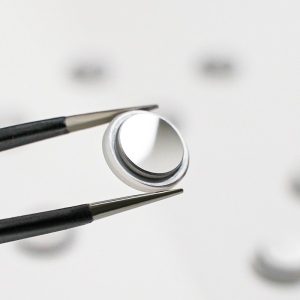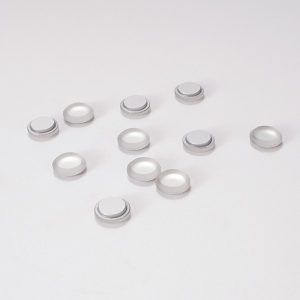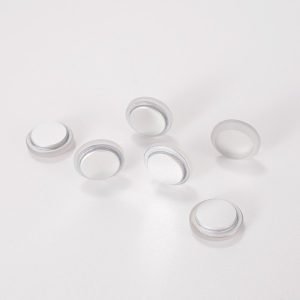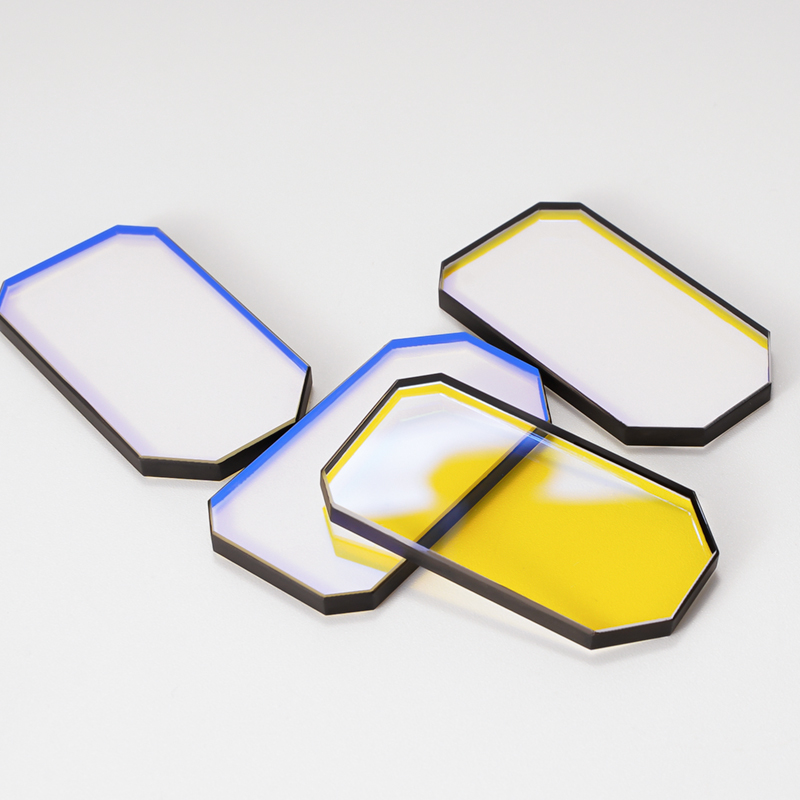
A special-shaped mirror is a mirror crafted with unique or custom geometries tailored to fulfill specific optical needs that standard-shaped mirrors (like flat or simple curved mirrors) cannot meet. These mirrors are often used in applications where precise light direction, focusing, or spatial fitting is required. By designing mirrors with non-standard shapes—such as freeform curves, polygons, or asymmetric profiles—engineers and scientists can achieve optimized light control in complex optical systems.
Model: Special-shaped mirror
Specifications: Customized
Material: Optical glass
Key Features
Customized Geometries: These mirrors may have unique shapes, including freeform surfaces, asymmetric curves, or non-standard polygons. This flexibility allows them to direct or focus light according to precise application requirements, supporting functions like beam shaping, wide-angle reflection, and field-of-view expansion.
Tailored Reflective Coatings: Special-shaped mirrors can be coated with high-reflectivity materials—such as silver, aluminum, or dielectric coatings—selected to enhance reflection across specific wavelength ranges (e.g., visible, infrared, or UV), which improves optical efficiency and performance.
Precision Surface Quality: Manufacturing processes like diamond turning, CNC machining, and precision polishing ensure high surface accuracy, minimizing distortions that could degrade optical quality. Such precision is crucial in applications requiring high-resolution imaging or exact beam control.
Material Versatility: Depending on the application, special-shaped mirrors can be made from materials like glass, fused silica, aluminum, or other metals, balancing factors such as weight, durability, and thermal stability.



Product parameters (reference data)
| Product Name | Shaped reflector | |||
| Material | BK7、BK9、Sapphire、quartz etc. | Size | custom made | |
| Dimensional tolerance | ±0.1mm | Working wavelength | 400nm-700nm | |
| Reflectivity | ≥85% | Surface finish | 60-40 | |
Applications
Scientific and Medical Instruments: Used in microscopes, spectrometers, and laser systems to manipulate light precisely within compact spaces or complex optical paths.
Aerospace and Automotive: Applied in rearview and side mirrors, these mirrors can offer wider fields of view or eliminate blind spots. In aerospace, they optimize light paths in instrumentation and guidance systems where space constraints exist.
Laser and Imaging Systems: In laser applications, special-shaped mirrors allow for custom beam shaping, redirection, or splitting, essential in tasks like material processing, medical lasers, and research.
Architectural and Art Installations: Used for visual impact, these mirrors create unique reflections, enhancing spatial design and aesthetics.
Scientific and Medical Instruments: Used in microscopes, spectrometers, and laser systems to manipulate light precisely within compact spaces or complex optical paths.
Aerospace and Automotive: Applied in rearview and side mirrors, these mirrors can offer wider fields of view or eliminate blind spots. In aerospace, they optimize light paths in instrumentation and guidance systems where space constraints exist.
Laser and Imaging Systems: In laser applications, special-shaped mirrors allow for custom beam shaping, redirection, or splitting, essential in tasks like material processing, medical lasers, and research.
Architectural and Art Installations: Used for visual impact, these mirrors create unique reflections, enhancing spatial design and aesthetics.
Astronomical and Solar Concentrators: In telescopes, these mirrors correct for aberrations or improve light collection. For solar applications, they focus sunlight onto a receiver, enhancing energy capture.












